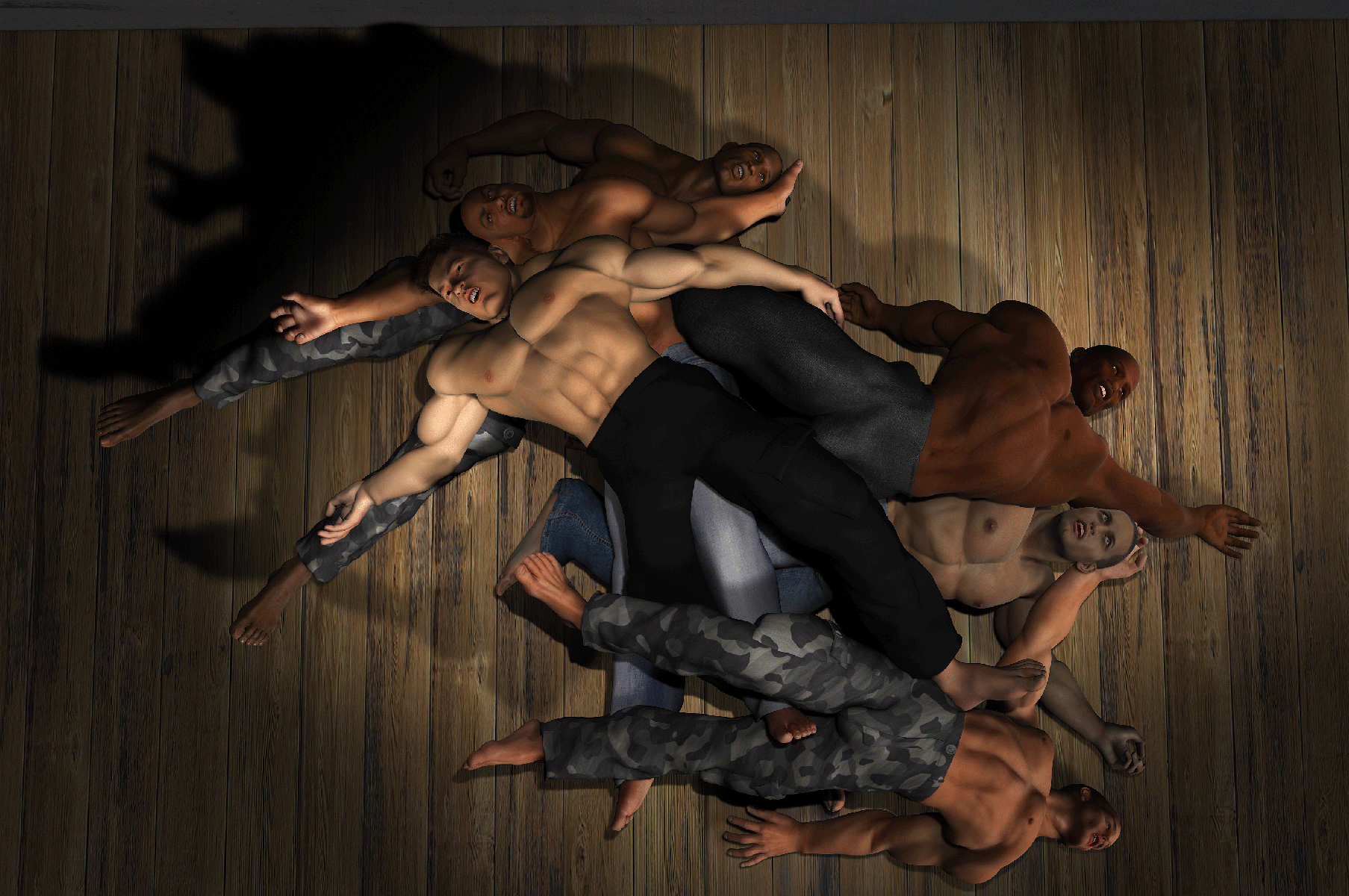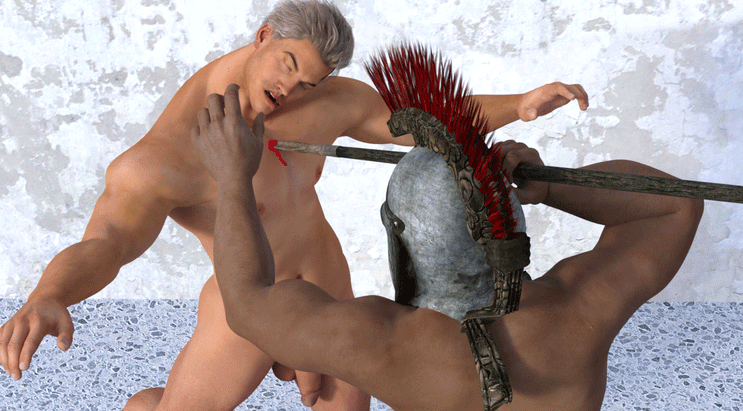There is a worldwide appeal found in the discovery of taboo images of men who are about to die or who recently died. Why? The appeal is, itself, often denied or disregarded but there are a variety of psychological and cultural factors at work in creating this appeal. Some male viewers are drawn to the visceral and intense nature of such images, which elicit strong emotional responses and arousing sensations. Other men find images of dead or dying men sensational or titillating, particularly if they involve violence or gore.
Psychological factors also play a role in the attraction to taboo images of dying or dead men. Some men are drawn to such imagery of the dying or the dead due to a fascination with all aspects of death and the macabre.
A suitable phrase describes one aspect of this—the male death fetish which celebrates seeking a sense of excitement or arousal, particularly whenever the imagery of dying or dead men is sexual in nature. The sexual nature of dying or dead men images is notable especially if the man in the image is shown to be highly masculine, muscular or handsome.
Good-looking men shown in images of their dying or after their death easily attract men’s attention because the appeal of taboo images of dying or dead men is tied to societal norms and values around masculinity, violence, and power. For example, in some cultures, the depiction of violence and death may be seen as a sign of strength or power, particularly among men. Images of dead men may be seen as a symbol of domination and control, or as a way to showcase bravery or toughness.
A man viewing such images may think, “I am more powerful than this guy I see in front of me who is dying. His violent end demonstrates to me that I deserve to feel brave and tough as a man should be. And so I am a brave and tough man.”
There is also a complex interplay between violence, sexuality, and power in relation to taboo images of dead or dying men. There likely is a connection between the objectification and fetishization of violence and the objectification and fetishization of sexuality. In particular, images of dead men are interpreted automatically by most men as a way to feel their imaginary dominance or power over a victim and such feelings often lead directly to eroticizing violence and mortality.
The desire for viewing violent or graphic imagery is not necessarily indicative of a desire to actually engage in violent or harmful behavior. Most men are able to appreciate such imagery as in the male death fetish in a consensual and consolatory ways without experiencing negative consequences.
Leave a Reply